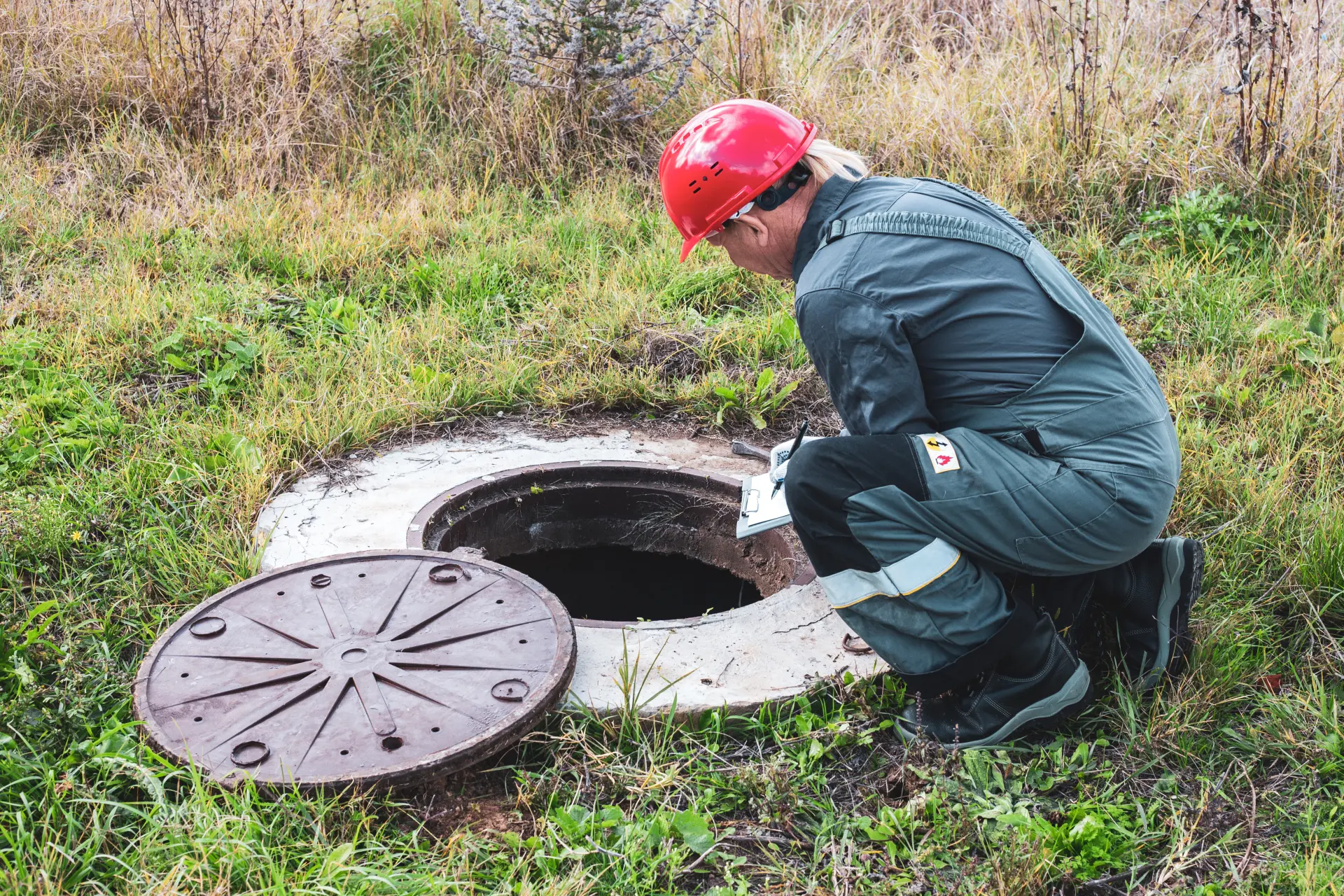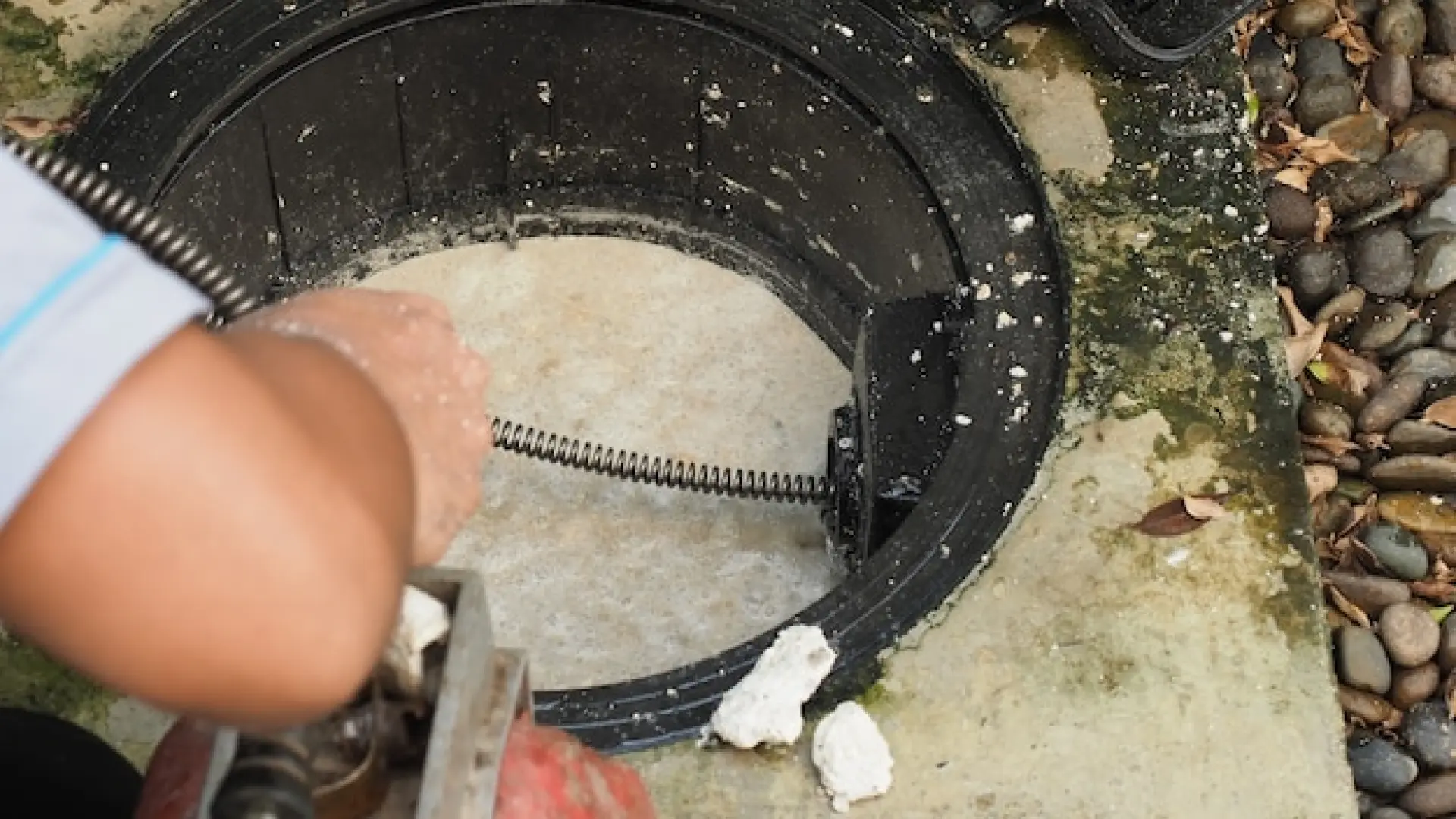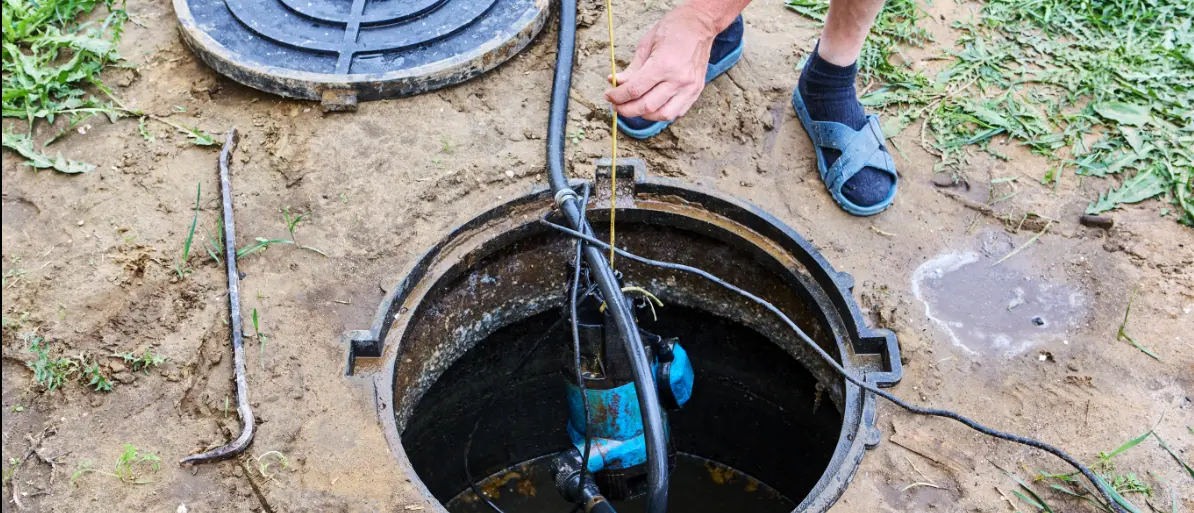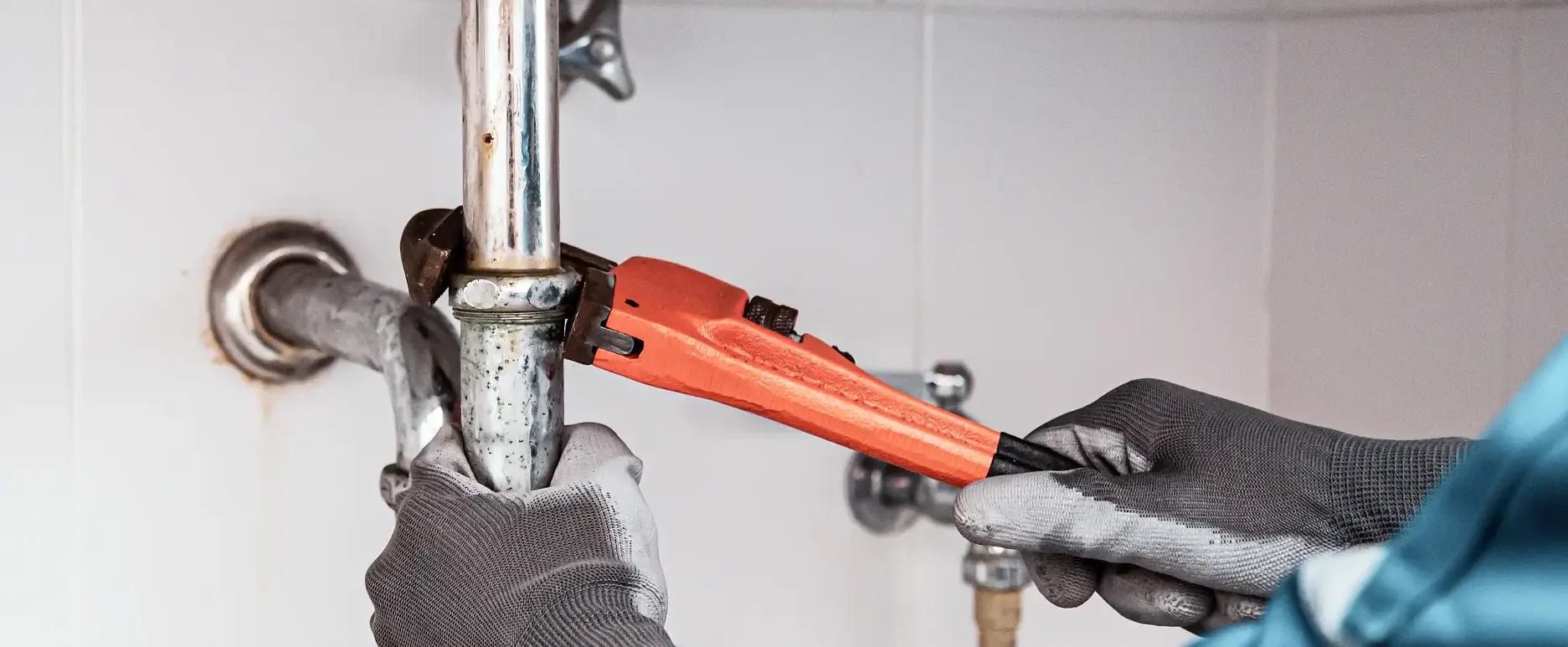Cesspits can develop several issues over time, from blockages and leaks to bad odours and overflowing waste. Understanding the most common cesspit problems and how to prevent them helps homeowners protect their property, avoid costly repairs, and keep drainage systems working efficiently all year round.
Why Cesspit Maintenance Matters
A cesspit is designed to collect and store all wastewater and sewage from a property until it is emptied by a licensed professional. Since there is no outlet or filtration system, the entire volume of waste remains inside the tank, making regular maintenance essential to prevent overfilling or contamination.
Neglecting cesspit care can quickly lead to problems such as overflow, leaks, and foul odours that spread throughout the property. Overflowing waste poses a serious hygiene risk and may cause pollution in surrounding soil or groundwater. Prolonged neglect can also damage the structure of the tank, leading to cracks, corrosion, or even collapse.
Regular emptying and inspections are vital to keeping the system in good working order. A professional engineer can assess the tank’s condition, check for leaks or weak points, and ensure it continues to meet environmental standards. This proactive approach helps avoid emergencies and extends the lifespan of the system.
Overflow and Blockages
Overflowing is one of the most frequent cesspit problems. Because cesspits have limited capacity, any delay in emptying can cause the waste level to rise rapidly. Once full, sewage may back up into household drains or overflow into the surrounding area, creating a health hazard and unpleasant conditions.
Blockages are another major issue, typically caused by flushing inappropriate items such as wipes, sanitary products, or grease. These materials do not break down easily and can block inlet pipes or outlets. A severe blockage increases pressure inside the tank, potentially leading to leaks or structural failure.
To reduce the risk, only flush suitable materials and arrange for your cesspit to be emptied on a consistent schedule. Keeping records of each service helps identify how quickly the tank fills, allowing you to adjust the emptying frequency based on your household’s usage.
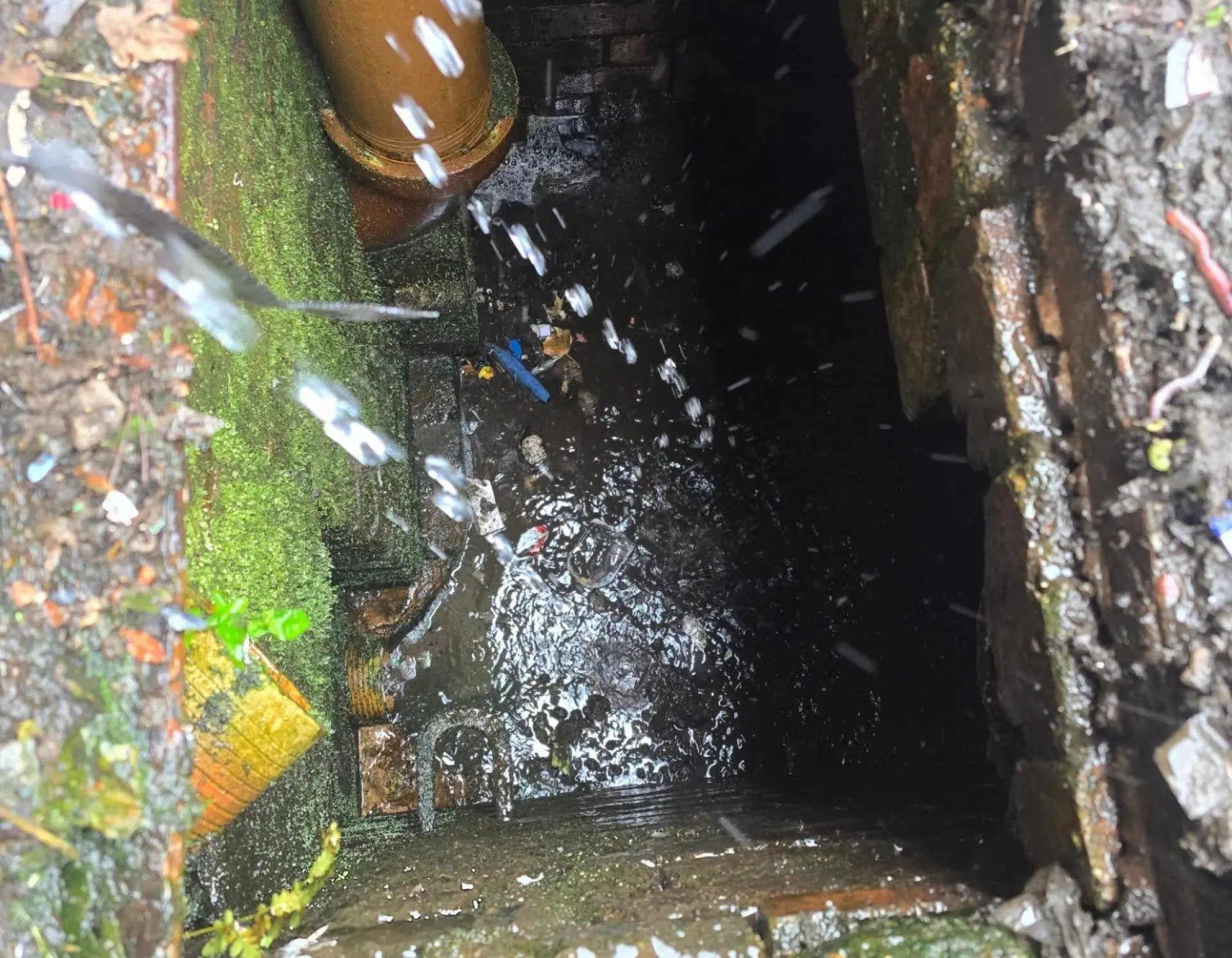
Bad Smells and Leakage
Foul smells are one of the most noticeable signs of cesspit problems. As waste decomposes inside the tank, gases build up and may escape through vents or inspection covers if the system is not properly sealed. Persistent odours often mean the tank is nearing capacity or has developed a leak that needs immediate attention.
Leaks can occur when the tank becomes damaged by ground movement, corrosion, or poor installation. Once a leak forms, sewage can seep into nearby soil and water sources, posing a risk to the environment and public health. In severe cases, leaks can also cause ground instability around the tank.
Regular inspections by qualified engineers are the best defence against these problems. Using advanced tools and CCTV equipment, professionals can detect small cracks or weak joints before they become major issues. Keeping the tank area free from heavy loads or vehicles also helps reduce stress on the structure and prevent damage.
How to Prevent Common Cesspit Problems
Preventing cesspit problems comes down to consistent maintenance and responsible waste management. Empty the tank regularly, usually every six to eight weeks, depending on size and household activity. Never flush non-biodegradable materials, oils, or chemicals, as these can cause long-term damage or interfere with waste breakdown.
Schedule annual inspections with a reputable drainage company to check the tank’s structural condition and performance. These visits can identify early signs of corrosion, leaks, or blockages, helping you avoid costly repairs later. Installing an inspection hatch or monitoring system also makes it easier to track waste levels and plan empties in advance.
By following these steps, homeowners can prevent many common cesspit issues and ensure reliable performance year after year. A well-maintained cesspit protects your property, safeguards the environment, and offers peace of mind knowing your drainage system is in safe working order.
Midlands Drainage Solutions LTD provides expert cesspit and septic tank emptying and maintenance across Crewe, Chester, Stafford and Stoke-on-Trent. Our fully trained engineers deliver reliable, safe, and environmentally responsible services for homes and businesses throughout Staffordshire.
